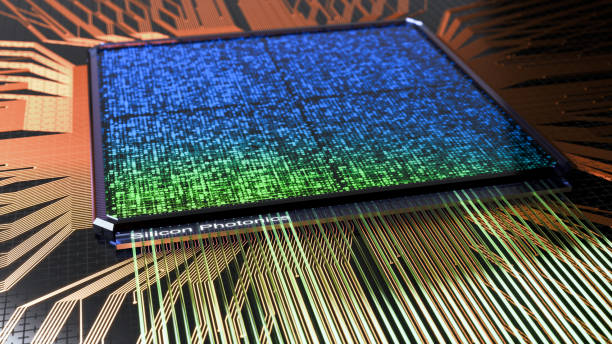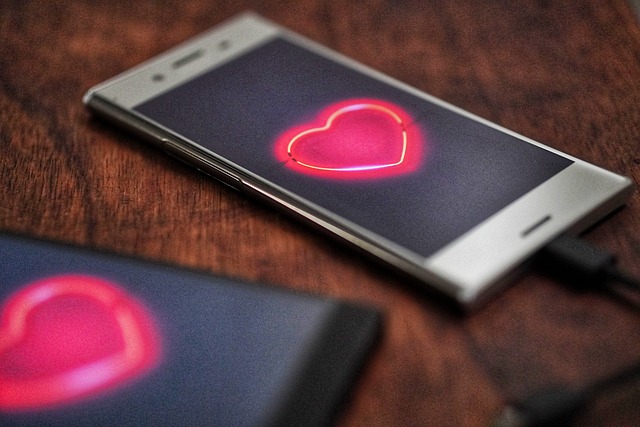A Glimpse into the Future: Electronic Paper Technology
A glimpse into the future isn't always about flying cars or robots; sometimes, it's about simplicity and redefining the everyday. Electronic paper, or e-paper, is one such innovation that is changing our perception of digital displays. A perfect blend of old and new, e-paper combines the familiarity of traditional paper with the technological prowess of digital displays.

The Story of Electronic Paper
E-paper was first conceptualized in the 1970s by Nick Sheridon at Xerox’s Palo Alto Research Center. The first versions were called ‘Gyricon’ and were essentially tiny plastic beads, black on one side and white on the other, embedded in a very thin, transparent silicon sheet. Voltage applied to the sheet would flip the beads, creating a black or white pixel.
The technology has come a long way since then, with companies like E Ink, Sony, and Plastic Logic taking it to new heights. E-paper now uses electrophoretic display, where electrically charged particles move in a fluid when a voltage is applied. The result? High contrast, low power consumption, and a highly readable display that emulates the look of ink on paper.
E-paper in the Modern World
E-paper is popular in e-readers like the Amazon Kindle, which provides a paper-like reading experience even in bright sunlight. But apart from e-readers, it’s finding its way into many other applications. For instance, smartwatches like the Pebble Time use e-paper for a color display that lasts for days on a single charge. Even retail stores are using electronic shelf labels, which use e-paper to display product prices and information.
E-paper is also making waves in the world of art and design. Visionect, for instance, developed the Joan Board, an e-paper meeting room manager that helps businesses manage their spaces more effectively. Similarly, E Ink’s Prism uses e-paper to create dynamic design features like changing wall patterns and color-changing surfaces.
The Future of E-paper
The future of e-paper looks promising, with advancements in flexible e-paper displays leading the way. This technology could potentially replace traditional paper in many applications, reducing the environmental impact. For instance, E Ink has developed a flexible e-paper display called ‘Mobius’, which is lightweight and durable. It’s already being used in Sony’s Digital Paper, a lightweight device for reading, writing, and annotating large documents.
Market Impact and Pricing
E-paper technology is still comparatively expensive, and this reflects in the prices of e-paper products. An Amazon Kindle, for instance, starts at around $90, while a Sony Digital Paper can set you back by over $600.
However, the market for e-paper is expected to grow significantly. According to market research firm MarketsandMarkets, the e-paper display market is expected to reach $4.27 billion by 2023, growing at a CAGR of 37.5% from 2018.
In conclusion, e-paper is a technology poised to revolutionize our interaction with digital displays, combining the best of both paper and electronic screens. With advancements in flexibility and color, the future of e-paper looks brighter than ever. It’s not just about reading books on a Kindle anymore—soon, we might see everything from e-paper posters to color-changing walls. A glimpse into the future, indeed.




